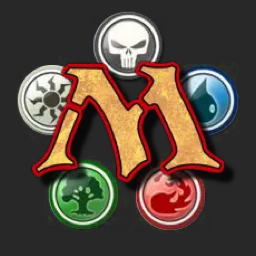Bit of fluff in this but some of the insights from Mark in this Lessons Learned. I particularly like the nuked ability, Debt, from Guilds of Ravnica as well as his lesson in WAR about making sure players get what they’re expecting.
-
Unstable: not everything happens quickly. Sometimes the key to success is to have a vision and slowly work toward it, even if it takes great time. This is not only true of Un- sets but also mechanics, themes, and set ideas… So many of my successes started with great doubt from the rest of R&D. The key is realizing that good ideas can win out, but they require a lot of nurturing and refining.
-
Dominaria: the importance of iteration. “We began vision design not knowing how we were mechanically executing on our theme [of history]. We got to solutions, not because we had a sudden epiphany of how to do it, but because we took ideas and worked on them.” Mark uses Saga and historic as examples.
-
Guilds of Ravnica and Ravnica Allegiance: overall system and structure is more important than any one design or mechanic. “Something that works well in a vacuum but doesn’t integrate with the rest of the set is a problem.” Mark goes over an unused Orzhov mechanic called Debt (certain spells give debt counters to your opponent and at the end of the turn, your opponent could pay 1 for each debt counter they wanted to get rid of and would lose 1 life if they had any remaining debt counters).
-
War of the Spark: you can’t fight your theme “I was designing a Planeswalker war set, but the audience wanted a Planeswalker war set. I was focusing on the wrong thing… You must understand what your set is asking for and then figure out how to bring that theme to life. The best Magic designs deliver on the thing that players want most.”

